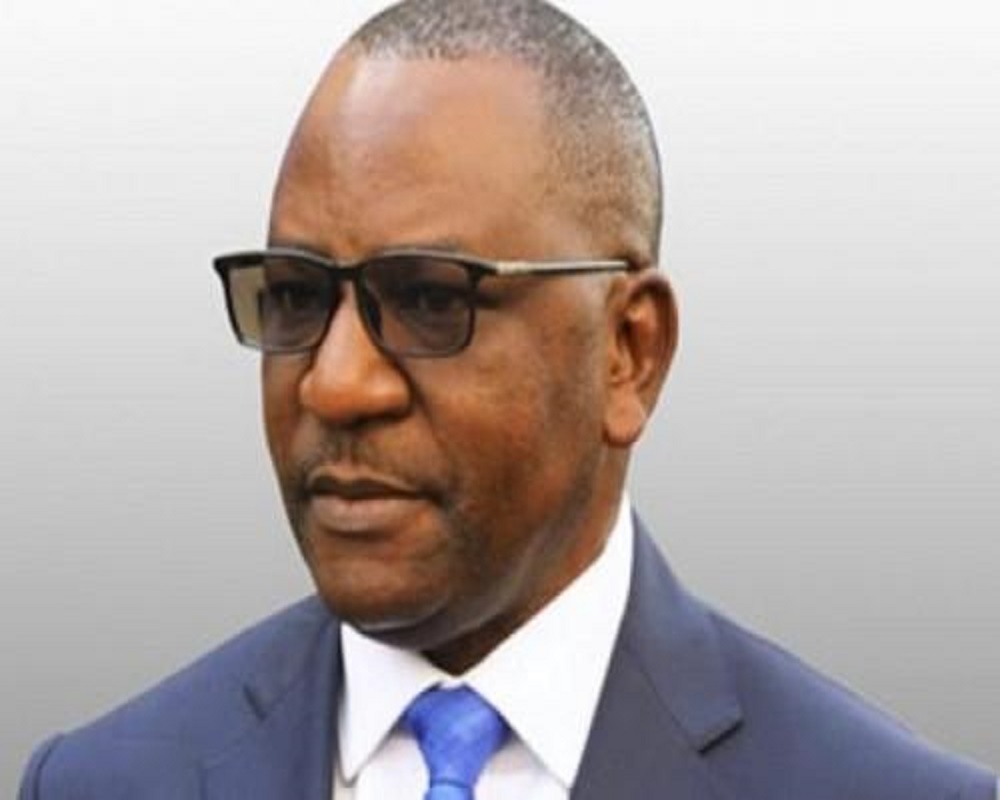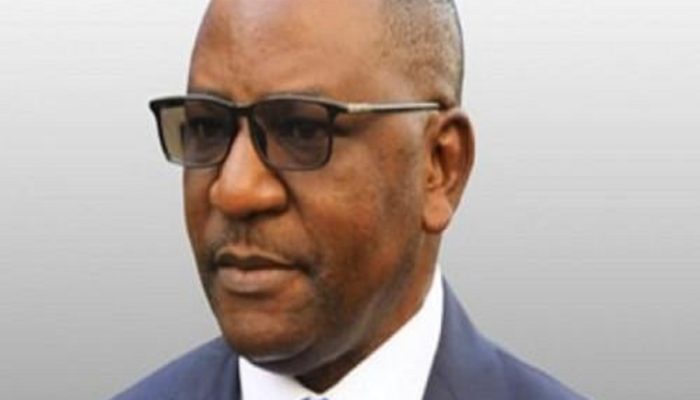During the 11th edition of the Customs-Business Forum, Cameroon focused on the central theme: “The challenges of the structural transformation of the economy”. An in-depth analysis of the issues, the tools deployed and the persistent challenges reveals a process that is still slow, marked by mixed results and governance that needs to be strengthened.
Faced with a generally resilient economy but in search of dynamism, structural transformation is essential as a key strategy for Cameroon. It is defined as a global process aimed at diversifying the economy and increasing productivity, while promoting industrial development. To achieve this, Cameroon has adopted the National Development Strategy 2020-2030 (SND30), focused on import substitution, improving infrastructure, and modernizing sectors such as energy, agro-industry and digital services. The tools deployed include incentive measures such as tax exemption on investments, digitalization of administrative procedures and support for certain priority sectors. By reducing dependence on imports, the country aims to revive its local production and reduce its trade balance deficit.

A complex national and international context The implementation of this structural transformation takes place in a context marked by major challenges: Security and social crises: Tensions in the North-West and South-West regions, as well as terrorist threats in the Far North, continue to weigh on the economy.
International conflicts: The COVID-19 pandemic and the war in Ukraine have disrupted global supply chains and exacerbated inflationary pressures.
Economic Partnership Agreements (EPAs): These agreements promote access for European products to the Cameroonian market, but the weakness of the local industry compromises export opportunities. These elements weaken Cameroon’s ambitions, making economic transformation more complex to achieve.
Mixed results: Slowed growthDespite the reforms undertaken, macroeconomic indicators reflect limited performance. In 2024, real GDP growth declined to 3.2%, compared to 3.7% in 2023, while inflation remains high at 5.1%. While the tertiary sector shows an increasing contribution, the primary and secondary sectors continue to stagnate. The debt-to-GDP ratio, which rose to 36.8% in 2019, is also weakening the economy. Illicit remittances and still deficient economic governance are exacerbating risks, threatening CEMAC’s foreign exchange reserves and monetary stability.
Recommendations for a sustainable futureFor structural transformation to bear fruit, several measures are necessary:1. Strengthening economic governance: The fight against illicit transfers and customs fraud is a priority to preserve foreign exchange reserves.2. Accelerate industrialization: Authorities must increase incentives for local investment and further simplify procedures.3. Diversify value chains: The transformation of local resources and regional integration are essential to building a more resilient economy.4. Modernize infrastructure: Access to energy, transport and technology must be strengthened to attract strategic investments.
A road strewn with pitfalls but promisingStructural transformation is a major challenge, but it remains essential for Cameroon’s emergence by 2035. By relying on courageous reforms and more rigorous governance, the country can hope to build a more inclusive, sustainable and competitive economy on the international scene.




